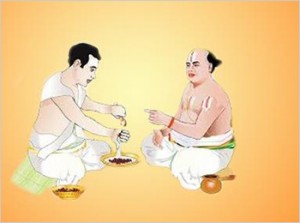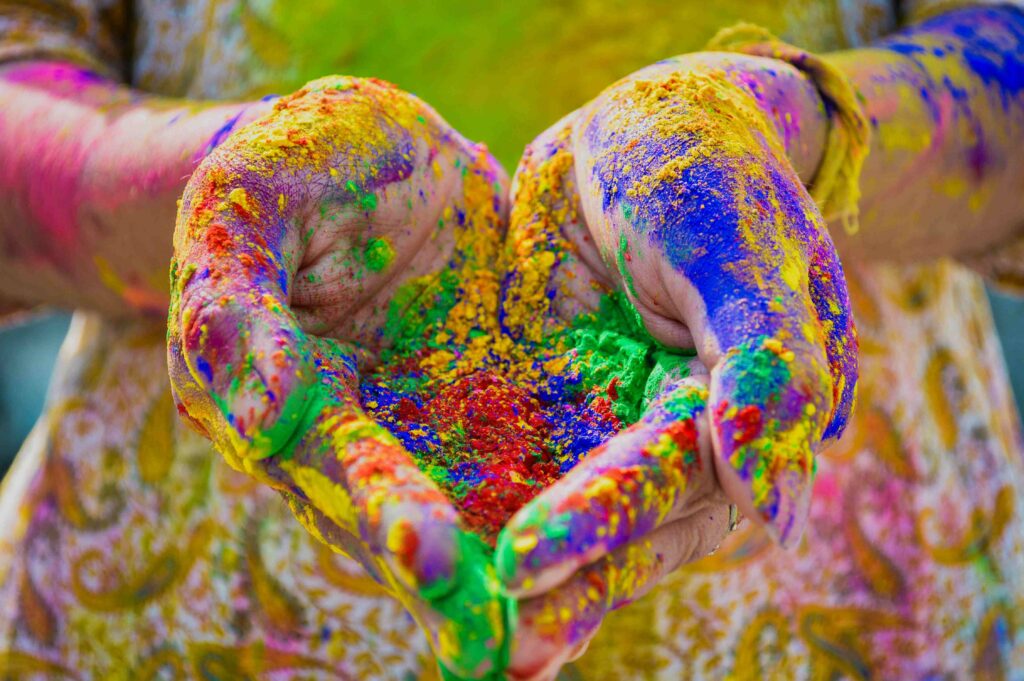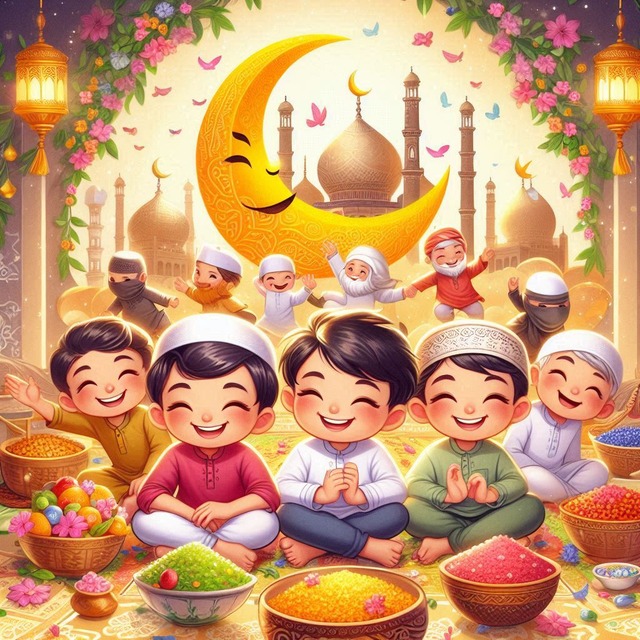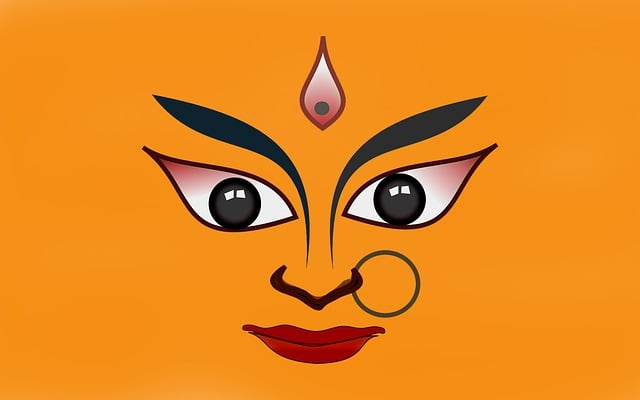Sharda Pakhya, also known as Pitru Paksha, is a period of 16 days in the Hindu calendar when Hindus pay homage to their ancestors and forefathers. It is believed that during this time, the souls of the departed visit the earth and receive the offerings made by their descendants. Sharda Pakhya is considered to be very important in Hindu religion, as it is a way of expressing gratitude, respect and love to the ancestors, and also seeking their blessings for the well-being of the family. Sharda Pakhya usually falls in the month of Ashwin (September-October), during the dark fortnight or Krishna Paksha. The last day of Sharda Pakhya is known as Sarvapitri Amavasya or Mahalaya Amavasya, which is the most significant day for performing Shraddha rituals. Shraddha is the ceremony of offering food, water, clothes and other items to the ancestors, either directly or through a priest or a Brahmin. Shraddha is believed to help the souls of the ancestors attain peace and liberation from the cycle of rebirth. Sharda Pakhya has a lot of significance in India, as it is a part of the Hindu culture and tradition that has been followed for centuries. It is also a time to remember and honor the contributions and sacrifices made by the ancestors for their descendants. Sharda Pakhya is also a time to reflect on one’s own life and deeds, and seek forgiveness from the ancestors for any mistakes or sins committed. Sharda Pakhya is also a time to avoid any auspicious activities, such as weddings, buying new property or jewelry, etc., as it is considered to be an inauspicious period.
Shraad is a Hindu ritual that is performed to pay homage and respect to the departed ancestors. It is believed that by performing Shraad, one can appease the souls of the ancestors and seek their blessings for the well-being of the family. Shraad is usually performed on the death anniversary of the ancestor, or during the Pitru Paksha, which is a 15-day period in the Hindu lunar calendar when all ancestors are collectively honored. Shraad is performed in different ways in different parts of India, depending on the regional customs and traditions. However, some common elements of Shraad are
How to celebrate in different part of india
: The person who performs Shraad is called the Karta, and he is usually the eldest son or a close male relative of the deceased.
The Karta invites Brahmins or priests to assist him in performing the rituals and offers them food and dakshina (donation).
The Karta performs a fire ritual or a havan, in which he offers ghee, rice, sesame seeds and other items to the sacred fire. This is done to invoke the presence of the ancestors and the gods.
The Karta performs Pinda Pradaana, which is the offering of rice balls mixed with water, milk, honey and other ingredients to the ancestors. The rice balls are placed on a banana leaf or a kusha grass mat and sprinkled with water. This is done to satisfy the hunger and thirst of the ancestors and to express gratitude and love for them.
The Karta performs Tarpan, which is the offering of water mixed with black sesame seeds, barley, kusha grass and white flour to the ancestors. This is done by holding a copper vessel or a lota in the right hand and pouring water through the fingers. This is done to purify and cool down the ancestors and to seek their forgiveness for any mistakes or sins committed by the descendants.
The Karta feeds the cows, crows, dogs and other animals, as they are considered to be messengers of the ancestors and the gods. This is done to share the merits of Shraad with all living beings and to show compassion and generosity.
The Karta also feeds his family members and other relatives who attend Shraad. The food prepared for Shraad is usually vegetarian and simple, without onion, garlic or spicy ingredients. This is done to maintain purity and austerity during Shraad. Some variations of Shraad in different parts of India are:
In South India, Shraad is also known as Thithi or Shraddham. It is performed on the lunar day (tithi) of the death anniversary of the ancestor. The Karta wears a sacred thread called yagnopavitam across his left shoulder and performs Shraad with the help of a priest. He also offers clothes, fruits, flowers and other items to the priest and the ancestors.
In West Bengal, Shraad is also known as Tarpan or Mahalaya. It is performed on the new moon day (amavasya) of Pitru Paksha. The Karta wears a white dhoti and performs Shraad at a river bank or a pond. He also recites verses from scriptures such as Garuda Purana and Bhagavad Gita to praise and pray for the ancestors.
In Maharashtra, Shraad is also known as Pitrupaksha or Pitrupakshya. It is performed on any day of Pitru Paksha that suits the convenience of the Karta. The Karta wears a black or dark-colored cloth and performs Shraad at home or at a temple. He also offers sesame seeds, rice grains, coins and other items to an earthen pot or a kalash that represents the ancestors.
Scientific reason behind
Shraddha or Shraaddha is a Hindu ritual that is performed to pay homage to one’s ancestors, especially to one’s dead parents. It is believed that by performing this ritual, the souls of the departed ancestors are satisfied and blessed
There are different opinions on the scientific reason behind Shraddha. Some possible explanations are:
Shraddha is a way of expressing gratitude and respect to one’s ancestors, who have contributed to one’s genetic, cultural, and spiritual inheritance. It is also a way of acknowledging the continuity of life and death, and the bond between generations
Shraddha is a way of coping with grief and loss, and providing emotional support to the bereaved family members. It is also a way of remembering and honoring the positive qualities and achievements of the deceased ancestors, and seeking their guidance and inspiration
Shraddha is a way of purifying one’s mind and body, and enhancing one’s spiritual growth. It is also a way of performing charity and service to the needy, as part of the ritual involves feeding Brahmins, cows, crows, dogs, and other beings
These are some of the possible scientific reasons behind Shraddha, but ultimately, Shraddha is a religious and cultural tradition that has been followed by Hindus for centuries. It is a way of expressing one’s faith and devotion to one’s ancestors and God




